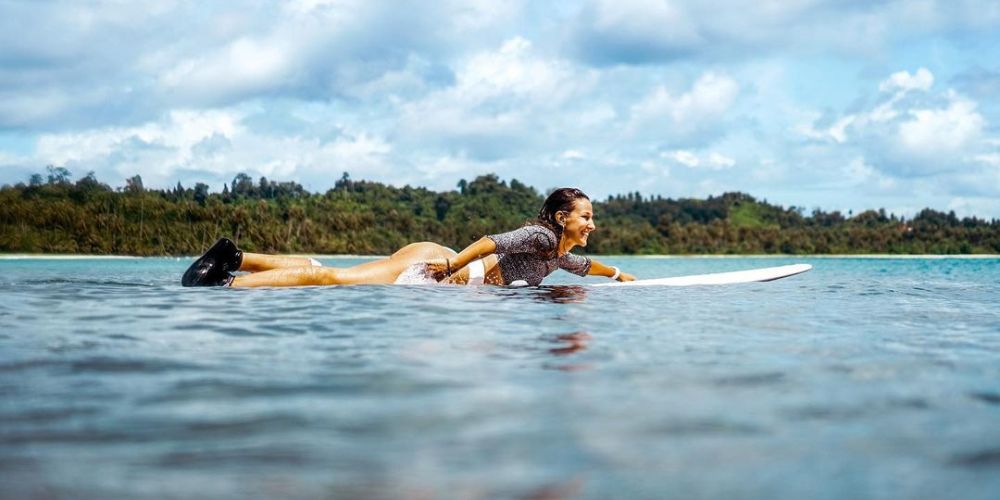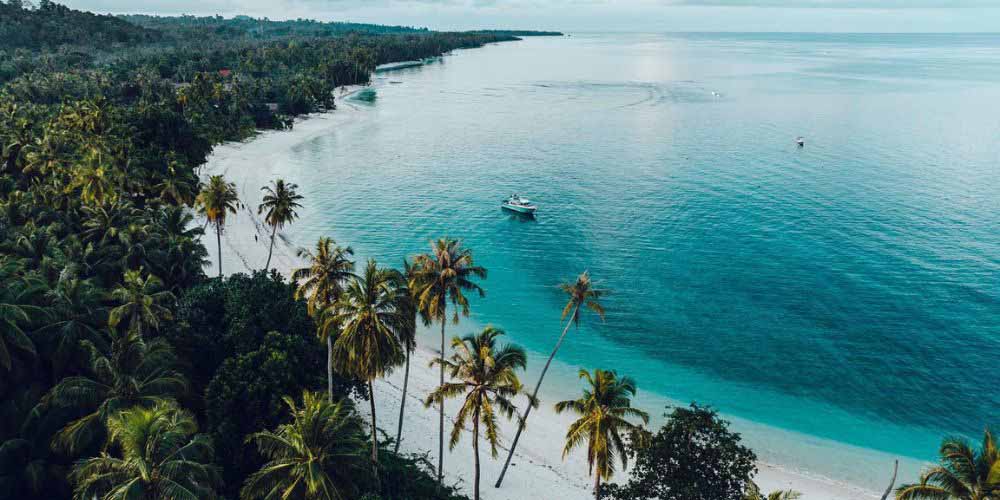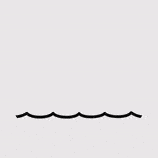Surfing is one of the world’s fastest-growing sports, with 35 percent more surfers in the water than a decade ago. The sport has a rich history dating back to the 12th century, long before wave pools and airs. Throughout the years, it morphed from a Polynesian pastime into a worldwide Olympic sport. Let’s dive deeper into the evolution of surfing from the 1300s to today here!
Surfing in Polynesia: The Birthplace of Wave Riding
Historians date the origins of surfing back to the 1300s. Cave paintings found in Polynesia depicted ancient versions of the sport. Polynesian lives revolved around the ocean, using it as a source of food and fun. Men, women, and children hit the waves with wooden surfboards daily.
Surfing in Polynesia wasn’t just for sport. It was part of the people’s religion. There were ceremonies that involved choosing a tree and shaping a surfboard. Even during the 1300s, Polynesians had rules stating who could surf each spot.
When the Polynesians brought surfing to Hawaii, the sport gained traction and became as much a part of life for Hawaiians as it was for Polynesians.
Early Explorations: European Encounters with Surfing
European explorer Captain James Cook documented surfing in his diary in 1778. Cook and his crew saw Tahitians riding waves on long wooden planks. The story tells that the explorers were worried for the surfers’ safety as they surfed near reefs and rock beds. However, the islanders were ocean people who knew what they were doing and when to hop off a wave and paddle back out.
Surfing’s Rise to Popularity: The Beach Culture of the 20th Century
Over the years, surfing has gained, lost, and regained popularity. When Christian missionaries colonized Hawaii, the sport experienced a downturn. Hawaiians were sent to school and church when they’d otherwise be surfing. For a brief moment, surfing lost its hold on the island people in what was known as the dark age of surfing.
However, the sport gained ground again during the 1800s, when famous authors like Jack London and Mark Twain piqued the public’s interest. Surfing gained notoriety as an intriguing activity to try when visiting Hawaii. Everyone wanted to try this new water sport, and surfing progressed into the early 1900s.
The most famous surfer during the time was Duke Kahanamoku. The “Duke” was first known as one of the world’s best swimmers, as he took home the gold medal for the 100-meter freestyle in the 1912 Stockholm Olympics. Now, Kahanamoku is world-famous as one of the most legendary surfers of all time. He traveled the world surfing massive waves and always bringing his never-ending stoke with him.
It wasn’t long before surfing became featured in magazines, newspapers, and on the silver screen. In 1960, it became a professional sport.
Riding the Silver Screen: Surfing in Movies and Media
When the media caught onto something in the 1900s, the people listened. Media exposure took surfing to new levels, and the sport quickly became its own subculture.
Surf movies like Gidget and The Endless Summer hit the silver screen. They sparked a never-before-seen interest in the sport, and bands like The Beach Boys added to it. Surfing became mainstream throughout the 1950s, 1960s, 1970s, and beyond.
Today, the sport continues to grow and evolve, with the estimated number of surfers reaching about 23 million worldwide.
Technological Advancements: Surfboard Evolution

As the sport has evolved, so has the equipment. Surfboards began as planks of wood shaped by Polynesians. They now come in numerous shapes and sizes, including shortboards, longboards, mid-lengths, paddleboards, foil boards, and even electric surfboards.
From Wood to Foam: Materials and Construction Innovations
Until the early to mid-1900s, surfboards were quite simple. They were planks of wood cut from trees found on the Pacific islands, like redwoods, koa, and ula. The boards weighed up to 150 pounds and were treated with charcoal, bark, and nut oil to provide water resistance.
When Tom Blake made the first hollow surfboard in 1926, the game changed forever. The board was 15 feet long and weighed 100 pounds. That’s 50 pounds less than the former versions. This board flew down the line faster than a traditional wood plank board ever could.
The next major advancement came with the fiberglass surfboard. Pete Peterson invented a board made of polyurethane foam and a fiberglass coating in 1946. The stringer was redwood, and the board was lighter than anyone could imagine. It paved the way for shorter boards and the shortboard revolution in 1967.
Surfboards are now more advanced than ever. They’re made with variations of expanded polystyrene (EPS), epoxy resin, polyester, and even 100-percent carbon technology. Shapers experiment with different tail shapes and materials to make the lightest and most responsive boards for professional surfers and amateurs alike.
Exploring Surfing Culture in Southeast Asia: Mentawai Islands, Indonesia

Indonesia is one of the world’s most popular surf destinations. The country’s more than 13,000 islands are littered with world-class surf breaks.
Discovering the Mentawai Islands
Nestled in the Indian Ocean, off the western coast of Sumatra, Indonesia, the Mentawai Islands form an archipelago renowned for its awe-inspiring natural beauty. The islands are more than pristine white sandy beaches, crystal-clear turquoise waters, lush tropical rainforests, and rich biodiversity.
The Mentawai Islands are a bucket list destination for many surfers seeking epic waves, island vibes, and a thriving surf culture.
Mentawai is the Home to Legendary Surf Breaks:
Lance’s Right: Also known as “Hollow Trees,” this world-class right-hand reef break is one of the most famous in the Mentawai Islands. With its perfectly shaped barrels and long rides, it is known as a Mecca for surfers.
Read: Tips for Surfing Lance’s Right
Macaronis:
This left-hand point break offers consistent waves, making it a favorite among surfers seeking both quality and quantity. Its playful nature and epic barrels have earned it a spot on the bucket list of many surf enthusiasts.
Telescopes:
Situated on the northern end of the Mentawai Islands, Telescopes is a powerful and hollow left-hand reef break that provides exhilarating rides for experienced surfers. These challenging waves and beautiful scenery create an unforgettable surfing experience.
The Mentawai Islands are a paradise that has captured the hearts of surfers worldwide. Its legendary surf breaks and vibrant surf culture is the reason why everyone wants to experience surfing here at least once.
And when visiting the Mentawais, there’s no better place to stay than Hollow Tree’s Resort in front of the iconic Hollow Trees surf break. The resort offers an inside look into the surf culture of Indonesia and the Mentawais with the best local surf guides, Indonesian cuisine, and unique adventures.
Read: Why HT’s is the Ideal Destination for Surf Vacation?
In Conclusion:
The surf industry is continuously changing, and it’s safe to say the sport’s next significant advancement is around the corner. With wave pools popping up around the globe and dozens of people in nearly every line-up, an escape to the islands can put you back in touch with surfing’s roots.
Related Read: How Has Surfing Changed Over the Years?




